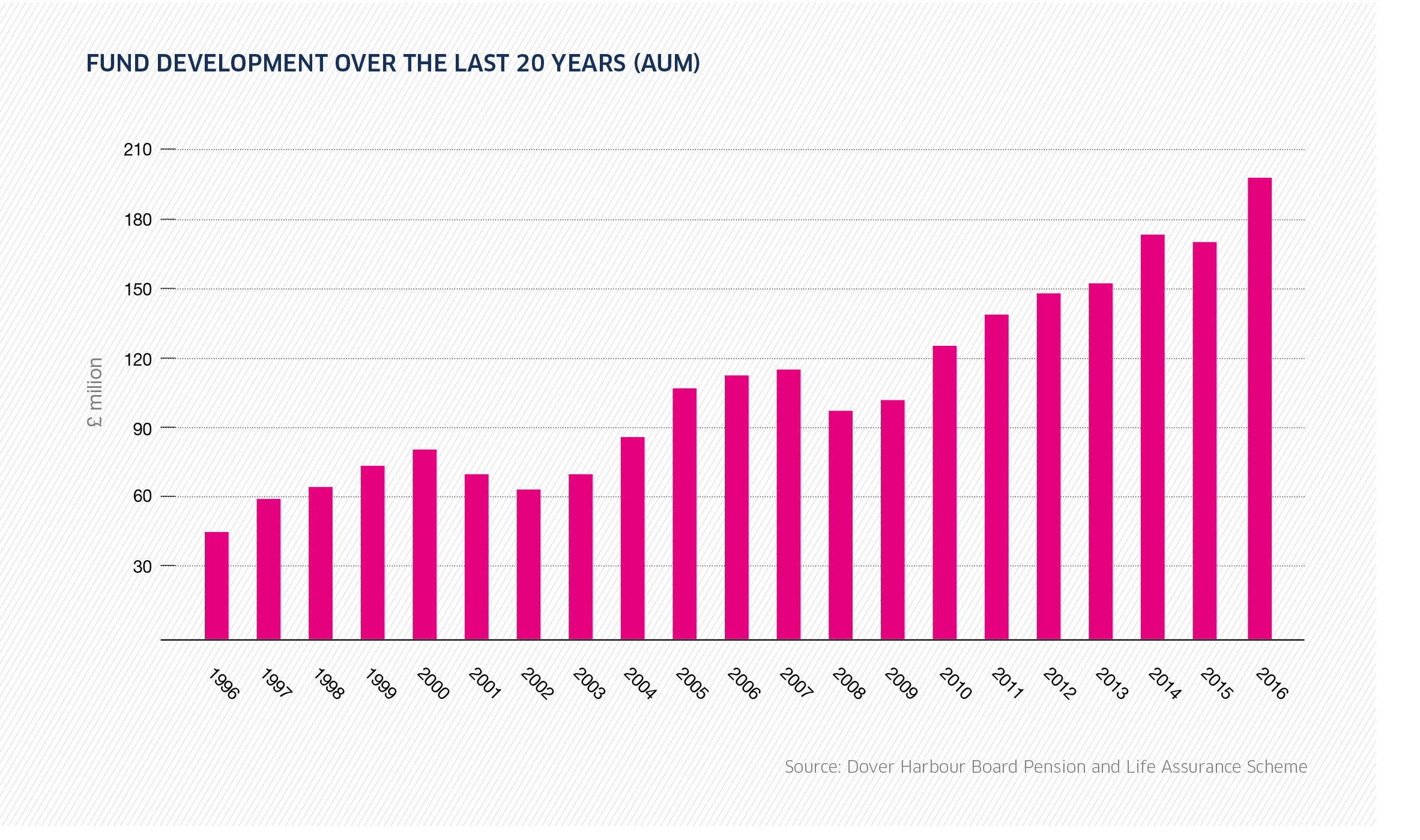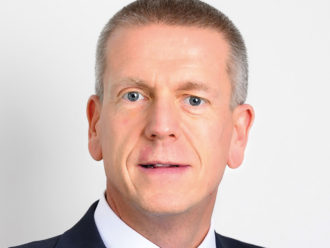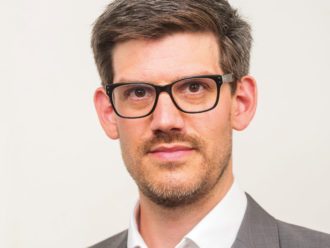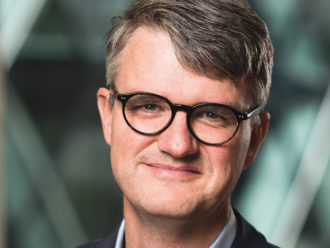The £200m Dover Harbour Board Pension and Life Assurance Scheme closed its DB plan to future accrual in May last year. Trustee chairman Bob Holmes tells Sebastian Cheek how having strong employer-backing has helped the scheme deal with this closure.

“All the employer’s available cashflow over the next 10 to 15 years needs to be directed towards servicing [the harbour regeneration] which means it won’t have much, if any, spare cash to bail out the pension scheme.”
Bob Holmes

Why was it necessary to close the defined benefit scheme to future accrual last year?
The Dover Harbour board (the board) has had a defined benefit (DB) pension scheme for several years, but, like most other employers who have set up such schemes, it reached the stage when it became unaffordable. With interest rates being as low as they are, the ongoing funding rate became too high.
It first closed two new entrants on 1 January 2014 and, as pension trustees, we said, “Okay, well that had to happen” and conceded it would probably only be a matter of time before the board closed the scheme to future accrual as well. That happened on 31 May 2016.
What has replaced the DB scheme?
After the DB scheme first closed to new members, the company put in place a good contract [DC] arrangement for new employees, but that scheme was enhanced when the DB scheme was closed to existing employees last year. The replacement scheme is very generous. There are four levels of contribution that new members can put in, varying between 4% and 10% of their salary.
The company will not only match that, but will also put in 1.5 times whatever they put in up to that limit. So if somebody puts in 10% of their salary, the board will put 15% in for them, which, as an employer’s contribution, I think is probably one of the most generous DC arrangements around. Now, the minimum total contribution of 10% won’t buy the sort of benefits that were available under the old scheme, but if people are prepared to make a bit of a sacrifice by contributing more then they’re getting closer.
So the employer covenant remains strong, despite competition from the likes of Eurotunnel?
Even with Brexit, the ferry market is still going to be there and will continue to grow. People are still going to be travelling to the continent, freight and trade is still going to be coming in and out of the country. Dover’s main competition is Eurotunnel, but the capacity of the tunnel is rather more finite than the capacity of the port.
Slightly more passengers use Eurotunnel than use the ferries, but slightly more freight uses the ferries than uses the tunnel. From our perspective as trustees, we’re in the good position of having a very solid sponsoring employer and therefore, the strength of the employer covenant should not be an issue. Nonetheless, we need to be prudent and we always have been prudent as trustees.
How has the DB closure affected the role of the trustees?
Over the course of the last three years or so, our focus has gone from being trustees of a scheme which is fully open, to one which is now fully closed. That’s certainly had a bit of an impact. But probably the bigger impact, rather than the closure of the scheme, has been the fact that the board is about to engage in a significant capital expenditure programme, called the Dover Western Docks Revival (DWDR).
What does the DWDR entail?
The board is inherently profitable and generates cash in a normal year which is good news from our perspective. The board is a trust port which means it does not have shareholders, which from a trustee perspective is also good news because it means there aren’t any dividends that have to be paid out of cashflows. However, the profits do have to be reinvested in the port and every so often you have some very significant capital expenditure that comes along; you need to build a new quay or do a lot of work on link-spans or things like that. The DWDR plan is to redevelop and regenerate the western side of the port to provide additional capacity that will allow the port to handle the growth in traffic expected over the coming years. The scale of the project is five times its annual turnover which is about £60m and this is a £300m capital investment. That has to be funded.




